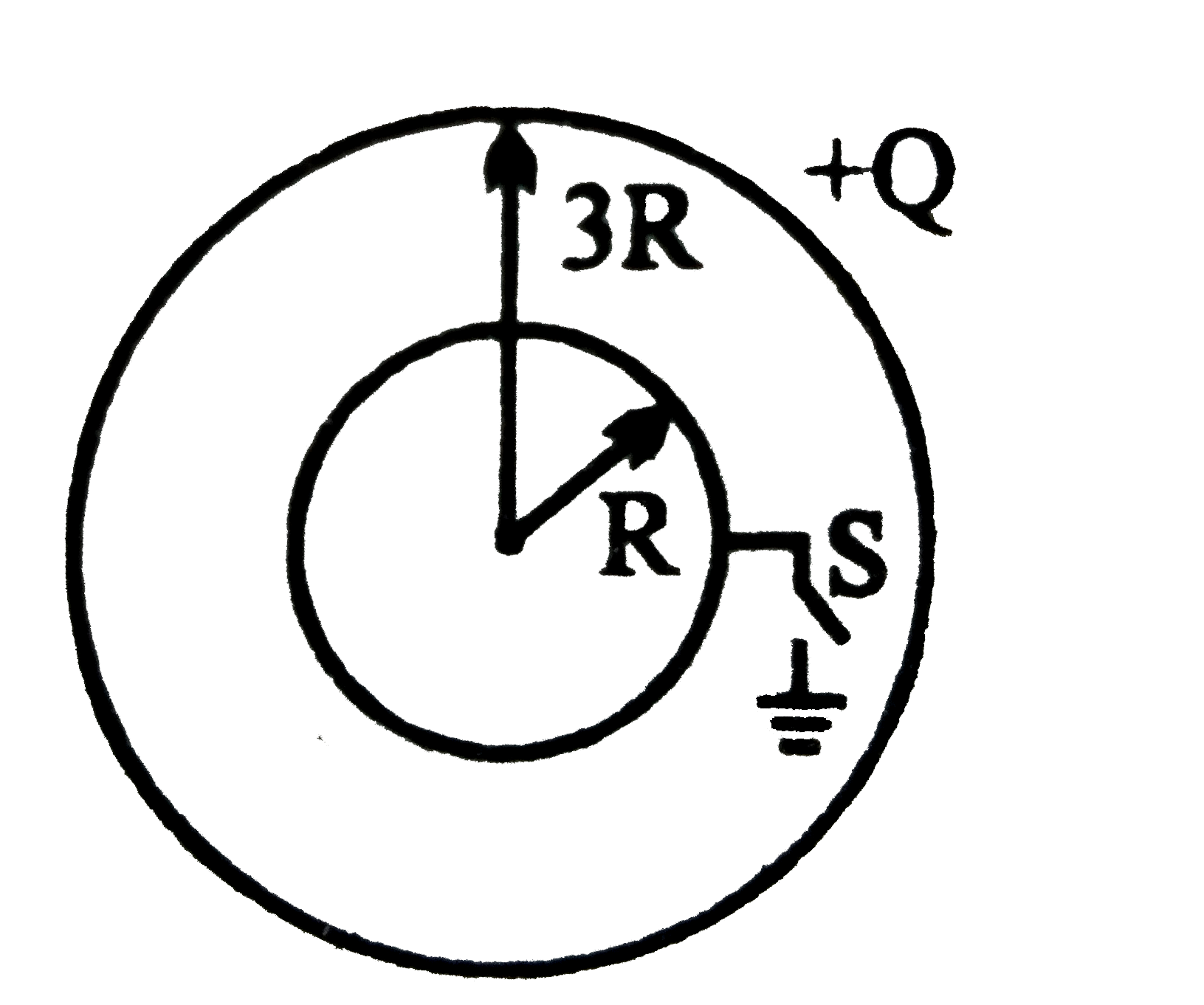A snail moves with the help of the shell.
The correct Answer is:F
Step-by-Step Text Solution:
1. Understanding the Question: The question states that a snail moves with the help of its shell. We need to evaluate this statement.
2. Identifying the Role of the Shell: The shell of a snail is an exoskeleton made of calcium carbonate. Its primary function is to provide protection to the snail, not to aid in movement.
3. Locomotion in Snails: The actual movement or locomotion in snails occurs through a muscular structure known as the muscular foot. This foot is responsible for the snail's movement.
4. Mechanism of Movement: The movement of the snail involves the contraction and relaxation of muscles in the muscular foot. When the muscles contract, they push the body forward, allowing the snail to move.
5. Conclusion: Since the movement of the snail is primarily due to the muscular foot and not the shell, the statement "A snail moves with the help of the shell" is false.
Final Answer: The statement is false; snails move with the help of their muscular foot, not their shell.
---
Topper's Solved these Questions
- MOVEMENT-AN AMAZING ACTIVITYBOOK - PEARSON IIT JEE FOUNDATIONCHAPTER - MOVEMENT-AN AMAZING ACTIVITYEXERCISE - ASSESSMENT TEST (TEST 1 (ANSWER THE QUESTIONS))
11 Videos
- MOVEMENT-AN AMAZING ACTIVITYBOOK - PEARSON IIT JEE FOUNDATIONCHAPTER - MOVEMENT-AN AMAZING ACTIVITYEXERCISE - ASSESSMENT TEST (TEST 1 (CROSSWORD))
1 Videos
- MOVEMENT-AN AMAZING ACTIVITYBOOK - PEARSON IIT JEE FOUNDATIONCHAPTER - MOVEMENT-AN AMAZING ACTIVITYEXERCISE - ASSESSMENT TEST (TEST 1)
11 Videos
- HEALTH - OUR GREATEST WEALTHBOOK - PEARSON IIT JEE FOUNDATIONCHAPTER - HEALTH - OUR GREATEST WEALTHEXERCISE - CROSSWORD
1 Videos
- Plants- Natures Wonderful Food FactoriesBOOK - PEARSON IIT JEE FOUNDATIONCHAPTER - Plants- Natures Wonderful Food FactoriesEXERCISE - CROSSWORD
1 Videos
Similar Questions
Knowledge Check
Amoeba moves with the help of
AFlagellaBplasmodiumCCiliaDPseudopodiaAssertion : Bacteria do not always move with the help of flagella.
Reason : Flagellated bacteria employs rotary motion of flagellum when it moves.AIf both the assertion and the reason are true and the reason is a correct explanation of the assertionBIf both the assertion and the reason are true and the reason is not a correct explanation of the assertionCIf the assertion is true but the reason is falseDIf both the assertion and reason are falseThe earthworms move with the help of
ASetae, muscles, and hydrostatic skeletonBSetae aloneCMuscles aloneDParapodia
Snail is
View SolutionHow do muscles work in pairs to move a bone? Explain with the help of an example.
View SolutionPollination with the help of snails is called
View SolutionTwo thin conducting shells of radii R and 3R are as shown in the fig. External shell carries a charge +Q and inner shell neutral. The inner shell is earthed with the help of a switch S. Then

View SolutionA shell is fired vertically upwards with a velocity v1 from a trolley moving horizontally with velocity v2. A person on the the ground observes the motion of the shell as a parabole, whose horizontal range is
View Solution

 .
.